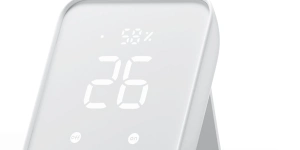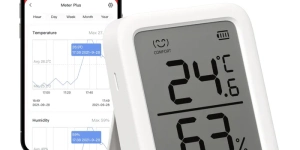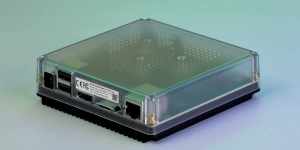There are multiple ways to connect smart devices together, but devices designed for one protocol (like Z-Wave) can't always communicate with those that use another (like Zigbee). On the bright side, these devices can overcome their differences once both of them learn how to speak Matter—and to make that happen, you're going to need what's known as a Matter bridge.
Matter is a common language for your smart devices
Matter is a connectivity standard devices can use to communicate with one another. The term "standard" is in many ways like a language. It is a way of formatting code so that one type of device, such as a smart bulb, can communicate with another.
Devices that know how to speak "Matter" are known as Matter devices or Matter-compatible devices, and there are different types. Some wait for commands in order to perform a function (like the aforementioned smart bulb), while others send out the commands and wait to hear back. The latter are known as Matter controllers, though they're commonly referred to simply as smart home hubs.
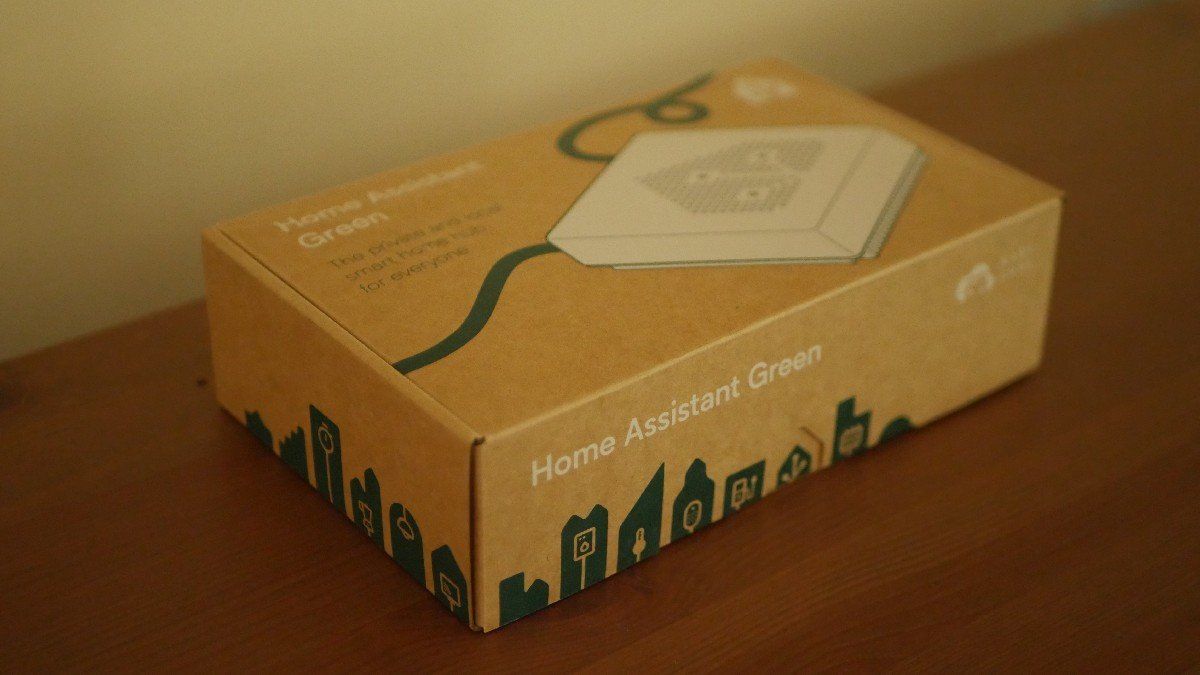
Non-Matter devices speak one of these languages instead
Matter is just one of many ways that devices know how to communicate with one another, and it's a relatively new one. Before there was a common smart home standards with wide adoption, there were other protocols competing for dominance. Two of the most popular were Zigbee and Z-Wave, which have been joined by another—Thread.
Matter is a way of communicating that can occur over different types of connections, such as Wi-Fi or Thread. There are reasons to be particularly excited about using Matter over Thread in particular.
Zigbee and Z-Wave, by contrast, are different types of connections. A Zigbee device can't connect to a Z-Wave device, just like you can't connect to Bluetooth headphones using NFC. They're different types of technology, even though they all handle wireless communication. Zigbee and Z-Wave are optimized for connecting large numbers of devices throughout a home in ways that Bluetooth is not designed for and, until recently, neither was Wi-Fi.
A Matter bridge gets all devices speaking the same language: Matter
A Matter bridge is a device, usually a hub of some sort, that allows a non-Matter device to connect to a Matter device.
Let's consider Philips Hue, the biggest name in smart lighting. Hue lights connect via Zigbee. If you're one of the many people who bought Hue lights, you can't connect them to any Matter devices you've bought since unless you also have a Matter bridge.
Fortunately, Philips Hue hubs also double as Matter bridges, such as the new Philips Hue Pro smart home bridge that supports up to 150 lights.
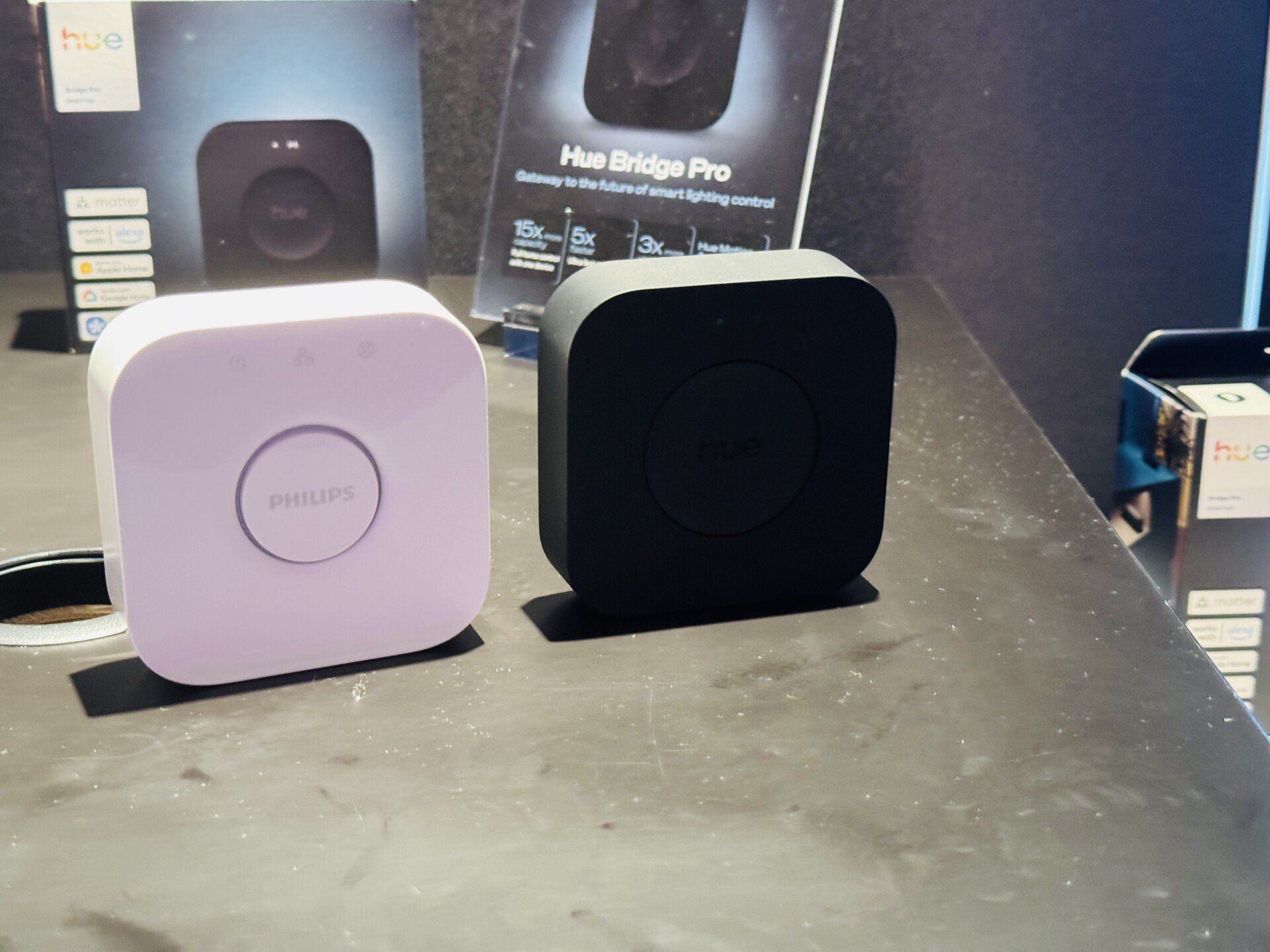
Increasingly, the hubs that are often required to control certain smart home products also double as Matter bridges, eliminating the need to buy a separate product and increasing the likelihood that stuff just works without your needing to learn any of these terms.
Non-Matter devices now look and function like Matter devices
Once connected via a Matter bridge, non-Matter devices become largely indistinguishable from Matter devices. You can add Zigbee lights to smart home automations involving motion sensors connected via Z-Wave. You can manage these devices in the same app connected to a Matter controller, be that SmartThings running on a Frame TV or a device you have complete control over like Home Assistant Green.
In other words, it no longer matters what language your devices speak, as long a there are bridges in place that make sure everything ultimately speaks Matter.
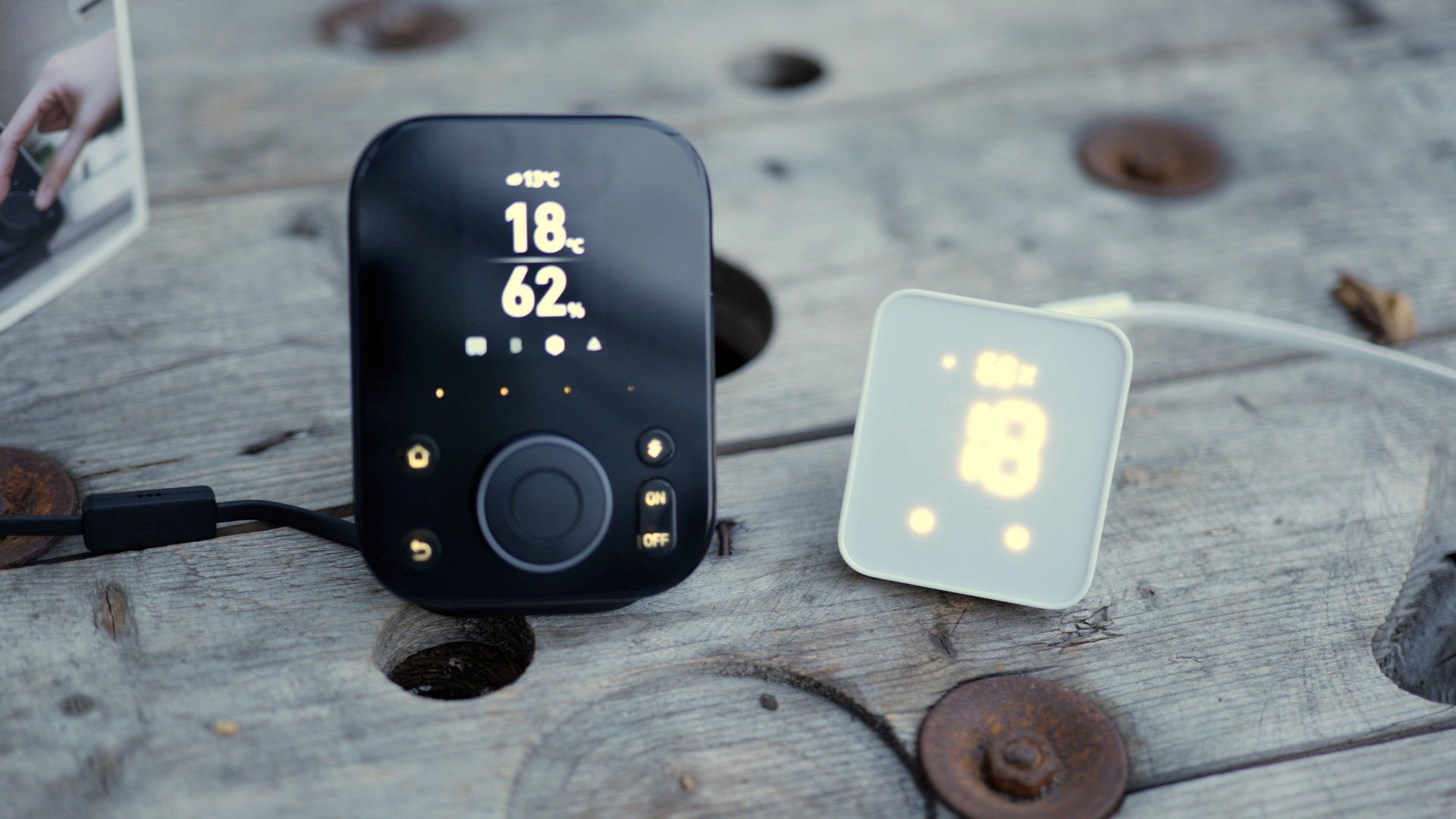
Bridges aren't perfect, though. Devices that require a hub cost more, since you need at least one hub even if you're only buying a single bulb. You also need to be sure these devices are within range of a hub, so larger homes may need more than one. I've reviewed the SwitchBot Motion Sensor and the Meter Plus. Both need to be within range of a SwitchBot hub in order to connect via Matter. That effectively increases their cost, since both products together can cost less than a hub.
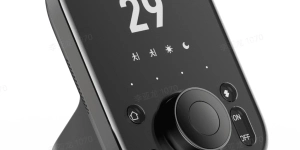
SwitchBot Hub 3
A versatile smart home hub with real-time monitoring, intuitive controls, and voice assistant compatibility for seamless automation.
But once everything is up and running, these downsides hardly matter. If given a choice, I'd choose a native Matter device over one that requires a Matter bridge, but both will ultimately function as desired at the end of the day.



